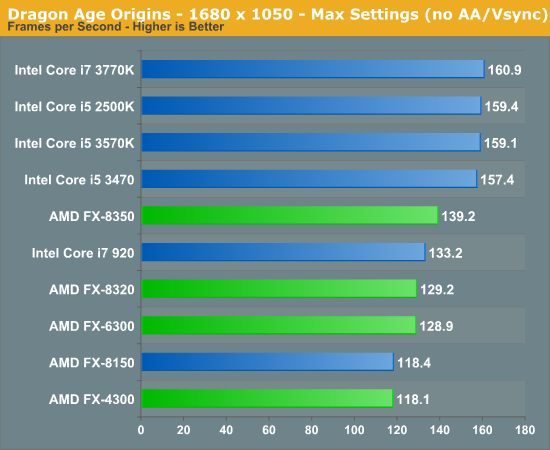We have had several requests for a sticky on AMD's yet to be released Piledriver architecture ... so here it is.
I want to make a few things clear though.
Post a question relevant to the topic, or information about the topic, or it will be deleted.
Post any negative personal comments about another user ... and they will be deleted.
Post flame baiting comments about the blue, red and green team and they will be deleted.
Enjoy ...
I want to make a few things clear though.
Post a question relevant to the topic, or information about the topic, or it will be deleted.
Post any negative personal comments about another user ... and they will be deleted.
Post flame baiting comments about the blue, red and green team and they will be deleted.
Enjoy ...








